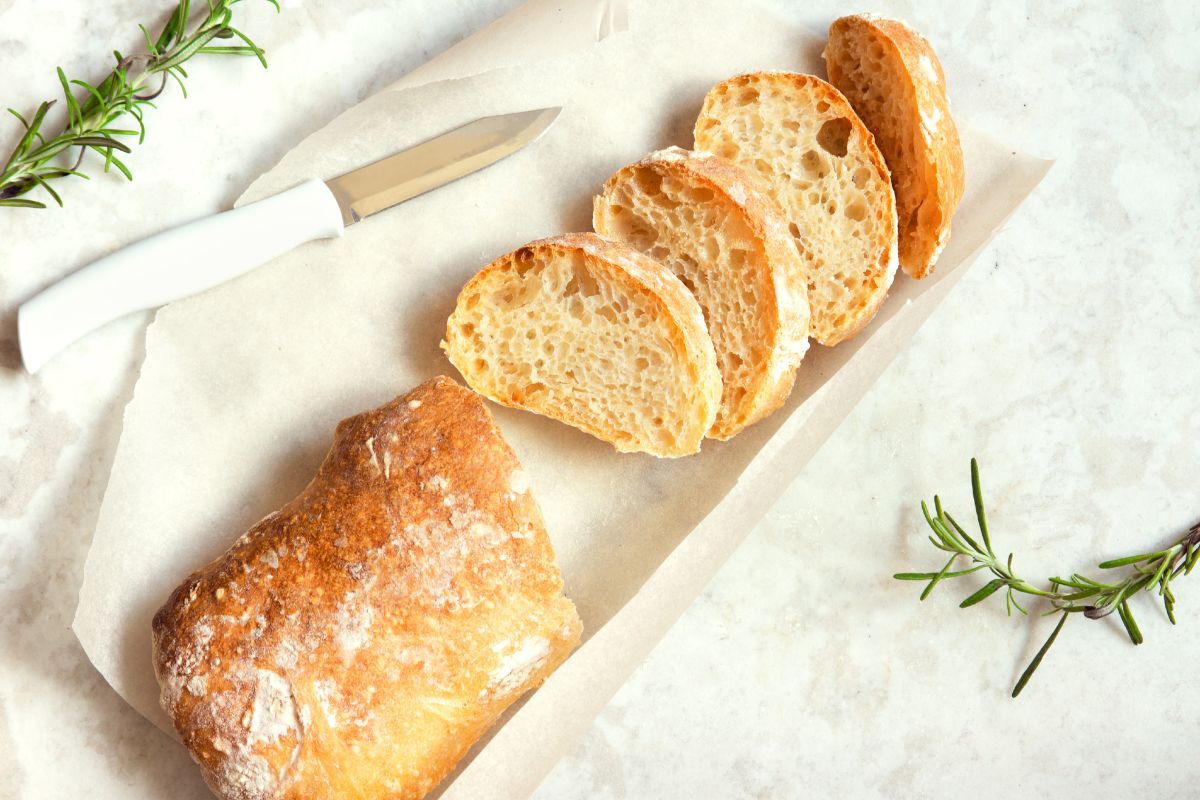It’s a battle as old as time. Which is softer and tastier—French or Italian bread? We’re finally going to put this debate to bed and get to the bottom of this age-old argument once and for all. Ready? Let’s go!
French bread is generally considered to be softer than Italian bread. French bread is made with a higher proportion of wheat flour and less yeast, which results in a lighter, airier texture.
Italian bread, on the other hand, is typically made with a higher proportion of semolina flour and more yeast, which gives it a denser, chewier texture. However, it is worth noting that there is a wide variety of breads within each country and different regions might have different variations which may affect the texture and taste.
In this blog post, we’ll dive deep into French and Italian breads. We’ll discuss the types of breads, their characteristics, and benefits, the differences in texture and softness, nutrition comparison and health benefits, storage tips, recipes, and how to prepare them at home.
Let’s get to it, shall we?
French Bread
Ah, the French. Is there any better group of people than the French when it comes to croissants, baguettes, and all types of delectable bready goodness? The French are masters of the art of bread-making, and they’re not afraid to show it.
There are many types of French bread, with some of the most popular including Pain de Campagne (a rustic-style sourdough), Baguette (the classic long and slender baguette), Fougasse (a flatbread with added herbs and spices), Croissant (the traditional crescent-shaped pastry), and Brioche (the sweet and buttery pastry).
French bread is typically mild and slightly sweet in flavor, with an incredibly soft and fluffy texture. The crust is usually chewy and crunchy, but not overly crusty or hard.
Since French bread is low in fat and relatively high in carbohydrates, it’s a great source of energy. It’s also high in fiber and contains a variety of vitamins and minerals.
Italian Bread
When it comes to Italian bread, you’re in for a treat. The Italians are renowned for their delicious baked goods, and their breads are no exception. From focaccia to ciabatta, you can’t go wrong with Italian bread.
Some of the most popular types of Italian breads include Ciabatta (a flat and irregularly shaped loaf), Focaccia (a flatbread topped with herbs, spices, and olive oil), Pane di Lariano (a fragrant and lightly sweet flatbread), and Piadina (a thin flatbread with herbs and spices).
Italian bread has a mild flavor and slightly crunchy crust, with a soft and fluffy interior. It also has a slightly sweet taste and a delicious aroma.
Italian bread is high in fiber and carbohydrates, which makes it a great energy source. It’s also high in vitamins and minerals, and low in fat.
Differences in Texture and Softness between French and Italian Breads
The texture and softness of each type of bread depends on the ingredients used, the baking method, the temperature and humidity in the oven, and the amount of time the bread is left to cool after baking.
Some pros of French bread are its light and fluffy texture, its slightly sweet flavor, and its crunchy crust. Some cons of French bread are its lack of nutrition and its tendency to dry out quickly.
Some pros of Italian bread are its high fiber and nutrient content, its mild flavor, and its soft and fluffy texture. Some cons of Italian bread are its tendency to become soggy quickly and its lack of sweetness.
The general consensus is that French bread is slightly softer than Italian bread, but it all comes down to individual preference.
Nutrition Comparison between French and Italian Breads
French bread has a higher amount of carbohydrates compared to Italian bread, while Italian bread has a higher amount of protein and fiber.
French bread is high in vitamin B1, while Italian bread is high in vitamin B2. French bread also has a higher amount of fiber and fat than Italian bread.
Health Benefits Associated with Eating Either Type of Bread
Both French and Italian breads are a great source of carbohydrates, which provide energy and fuel the body. They are also a good source of fiber and essential vitamins and minerals.
Both French and Italian breads are low in saturated fat and rich in whole grains, which can help lower cholesterol levels and decrease the risk of heart disease.
Preparing Each Type of Bread at Home
French bread typically requires flour, yeast, salt, and water. Italian bread typically requires flour, yeast, salt, and olive oil.
The steps for preparing French bread at home are as follows: combine flour, yeast, and salt; add water; knead the dough; let the dough rise; shape the dough and let it rise again; bake the bread; and let the bread cool.
The steps for preparing Italian bread at home are as follows: combine flour, yeast, salt, and olive oil; knead the dough; let the dough rise; shape the dough and let it rise again; bake the bread; and let the bread cool.
Conclusion
Well, we’ve finally come to the end of the great debate: which is softer—French or Italian bread? While there’s really no clear answer to this question, the general consensus is that French bread is slightly softer than Italian bread.
Both types of breads have their own unique set of qualities and benefits, so it really comes down to individual preference.
No matter what type of bread you prefer, though, one thing’s for sure—both French and Italian breads are delicious! So why not make a batch of both and have a taste test? We’re sure you won’t be disappointed.

